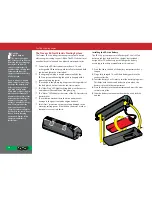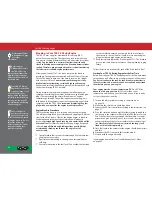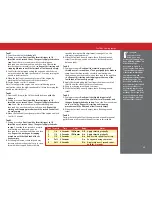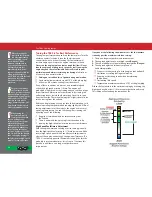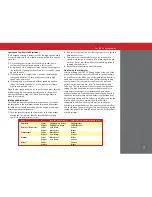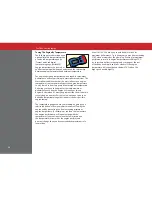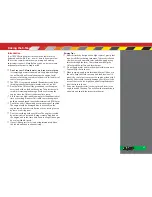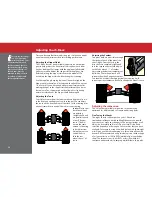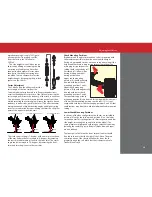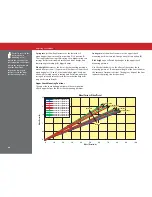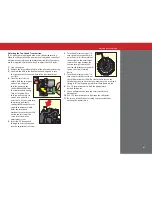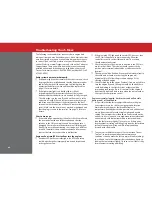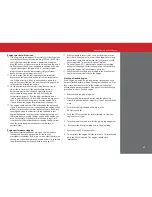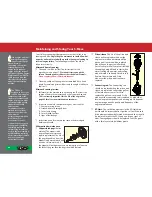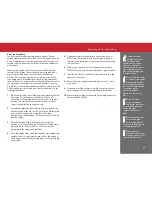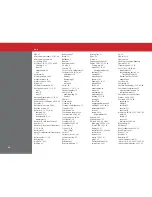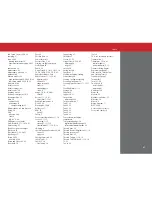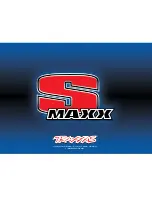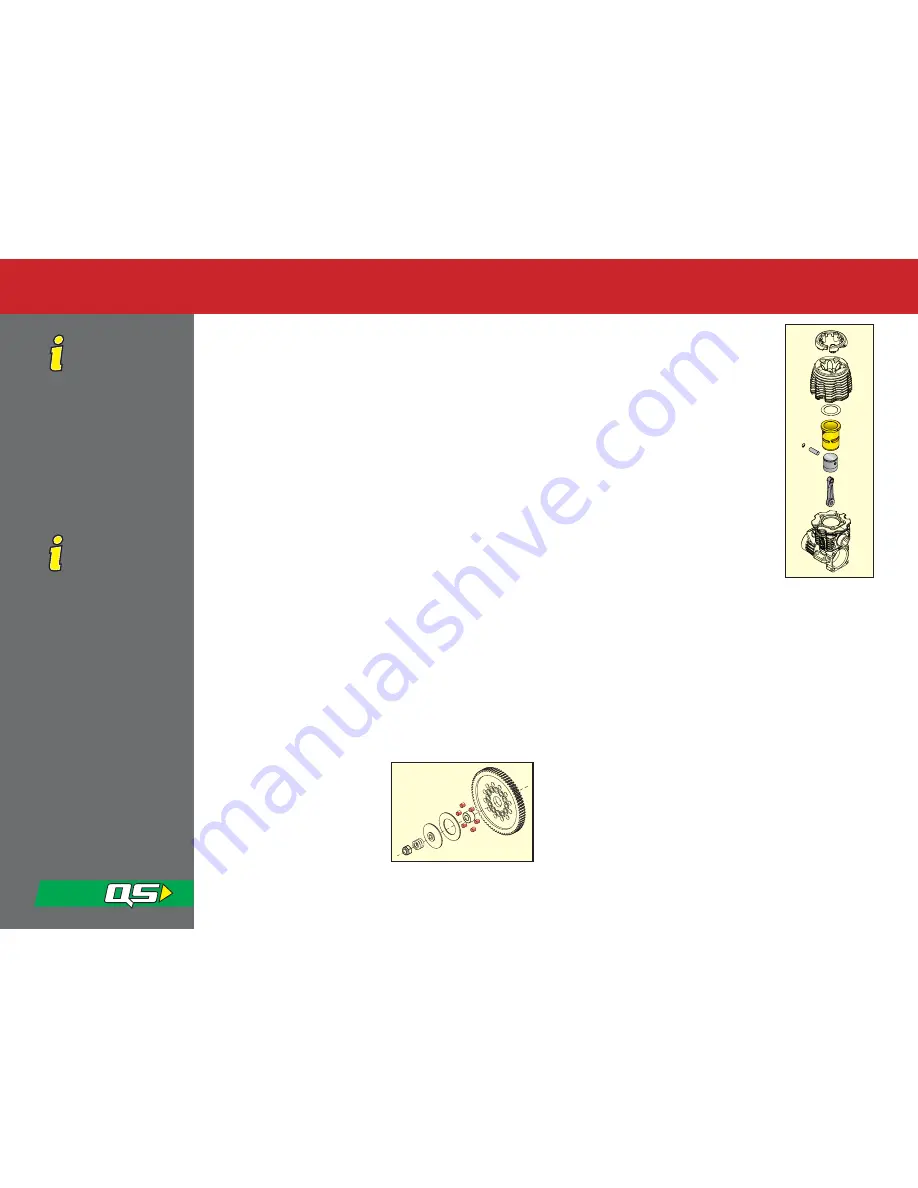
44
If the engine is worn or
damaged enough to
require replacing the
piston, sleeve, or
connecting rod, consider
exchanging your old
engine for a brand new
engine under the terms of
the Traxxas Lifetime Engine
Replacement Plan (ERP). It
could save you time and
effort. Details are in your
model’s documentation
package.
The TRX 2.5 is
designed to be easy to
rebuild. Critical engine
components such as the
crankcase, crankshaft, and
engine bearings are made
to extremely high quality
standards and should
under normal
circumstances outlast
multiple sets of pistons,
sleeves, connecting rods,
and wrist pins
(reciprocating assemblies).
It could be more
economical for you to
continue to use your good
bearings and crankshafts,
and simply replace the
reciprocating assembly as
needed. Engine assembly is
not difficult and replacing
the reciprocating assembly
does not require any
special tools or skills.
Your S-Maxx requires timely maintenance in order to stay in top
running condition.
Neglecting the maintenance could allow dirt,
deposits, and moisture to build up inside the engine leading to
internal engine failure.
The following procedures should be
taken very seriously.
After each hour of running:
Clean and re-oil the air filter. The instructions for this
procedure are on page 27.
We cannot stress enough the
value of cleaning your air filter at the scheduled intervals.
Do not neglect your air filter maintenance!
Clean the outside of the engine of accumulated dirt, oil, and
grime. Accumulated grime will decrease the engine’s ability to
cool itself.
After each running session:
Perform after-run maintenance on the engine. This clears the
engine of destructive moisture and other corrosive deposits.
This is extremely important for the life of the engine. See
page 45 for after-run maintenance procedures.
Inspect the vehicle for obvious damage or wear. Look for:
1.
Loose or missing screws
2.
Cracked, bent, or damaged parts
3.
Cut or loose wiring
4.
Cut or kinked fuel lines
5.
Signs of fuel leakage
Inspect the gears for wear, broken teeth, or debris lodged
between the teeth.
Other periodic maintenance:
Slipper clutch pegs
(friction
material): The slipper clutch
pegs will wear over time and
require replacement. The life of
the pegs depends on how the
slipper clutch was adjusted and
how the S-Maxx was used. If
the slipper will not tighten or you are seeing signs of wear on
the face of the gear, then the pegs should be replaced.
Piston/sleeve:
The life of the piston and
sleeve will vary greatly with how the
engine was used and maintained. The
piston and sleeve should be replaced
when they no longer seal effectively
(loss of compression). Symptoms include
the engine being difficult to start when
warm, stalling when warm, and stalling
when throttle is suddenly closed to idle.
Replace the wrist pin and G-clip
whenever the piston and sleeve are
replaced.
Connecting rod:
The connecting rod
should be replaced when the piston and
sleeve are replaced or after three gallons
of fuel, whichever comes first. Also
replace the piston wrist pin and G-clip
whenever the connecting rod is replaced. As with other
internal engine components, connecting rod life depends
engine’s usage and the quality and frequency of the
engine maintenance.
EZ-Start:
The cush drive elements in the EZ-Start drive
unit should be inspected after 3-gallons of fuel. If the cush
drive elements appear deformed or hardened they should
be replaced. Inspect the EZ-Start gears for any signs of
wear. Damaged gears should be replaced. Coat the gears
with a thin layer of white lithium grease.
▼▼
▼
▼▼
▼
▼
▼▼
Maintaining and Storing Your S-Maxx

